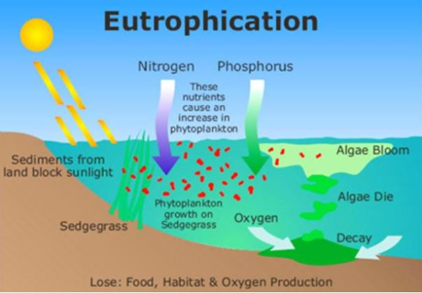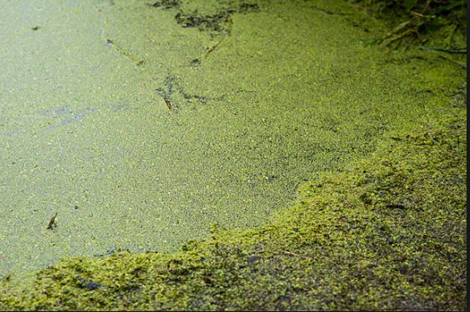What Frequently Causes Eutrophication In Lakes
As the population grows in the Asian region, the demand for resources is increasing at an alarming rate. One of the resources that is becoming scarce is freshwater. Lakes are an essential source of freshwater, serving as a source of drinking water, irrigation, and an ecological habitat. However, lakes are being subjected to eutrophication, which is affecting their quality and quantity.
Eutrophication of Lakes
Eutrophication is the process by which a body of water becomes overly enriched with nutrients, mainly phosphorus and nitrogen, due to human activities and natural processes. These nutrients promote the growth of algae, which leads to an increase in plant growth and organic matter in the water. As the plants die and decompose, they consume oxygen, leading to low oxygen levels that suffocate aquatic life. This phenomenon is known as hypoxia or anoxia.

The process of eutrophication is a natural one, but its rate has been accelerated due to human activities such as agriculture, deforestation, and urbanization. The excessive use of fertilizers in agriculture is one of the primary contributors to eutrophication. The runoff from the fields, containing fertilizers, enters the lakes and encourages the growth of algae. Similarly, deforestation results in an increase in soil erosion, leading to increased sedimentation in the lakes. When the sediments settle at the bottom, they contribute to the accumulation of organic matter, further exacerbating eutrophication. Urbanization results in the discharge of untreated domestic wastewater, which is rich in nutrients, into the lakes.
Impact of Eutrophication on Lakes

The impact of eutrophication on lakes is manifold. It affects the quality and quantity of water, aquatic life, and the ecosystem. As the algae grow in number, they change the color of the water, making it green or brown. The thick mat of algae interferes with the penetration of sunlight, which is necessary for the survival of aquatic plants. The loss of aquatic plants leads to a reduction in dissolved oxygen levels, making it difficult for aquatic life to survive. The depletion of oxygen can lead to fish kills, and foul-smelling odors emanating from the lakes.
Eutrophication also compromises the aesthetic value of the lakes, which is essential for tourism and recreation. The presence of green or brown water and foul-smelling odors can drive tourists away and damage the economy of the local region. Finally, eutrophication can have a cascading effect on the ecosystem. The loss of aquatic life disturbs the food chain, which can have implications for terrestrial life as well.
Prevention and Management of Eutrophication
Eutrophication can be prevented and managed through several measures. The first step is to reduce the load of nutrients entering the lakes. This can be achieved by implementing better land-use practices such as planting cover crops, reducing tillage, reducing the use of fertilizers, and composting. The discharge of untreated domestic wastewater into the lakes can be prevented by implementing sewage treatment plants. The aeration of the lakes can be increased to improve the oxygen levels and reduce the buildup of organic matter. The introduction of natural controls such as zooplankton and fish that feed on algae can also help reduce eutrophication.
Conclusion
In conclusion, eutrophication is a significant threat to the ecosystem of lakes in Asia. It is crucial to understand the causes and impacts of eutrophication to prevent and manage it efficiently. By implementing better land-use practices, reducing the discharge of untreated wastewater, and introducing natural controls, we can manage eutrophication and preserve our lakes for future generations.